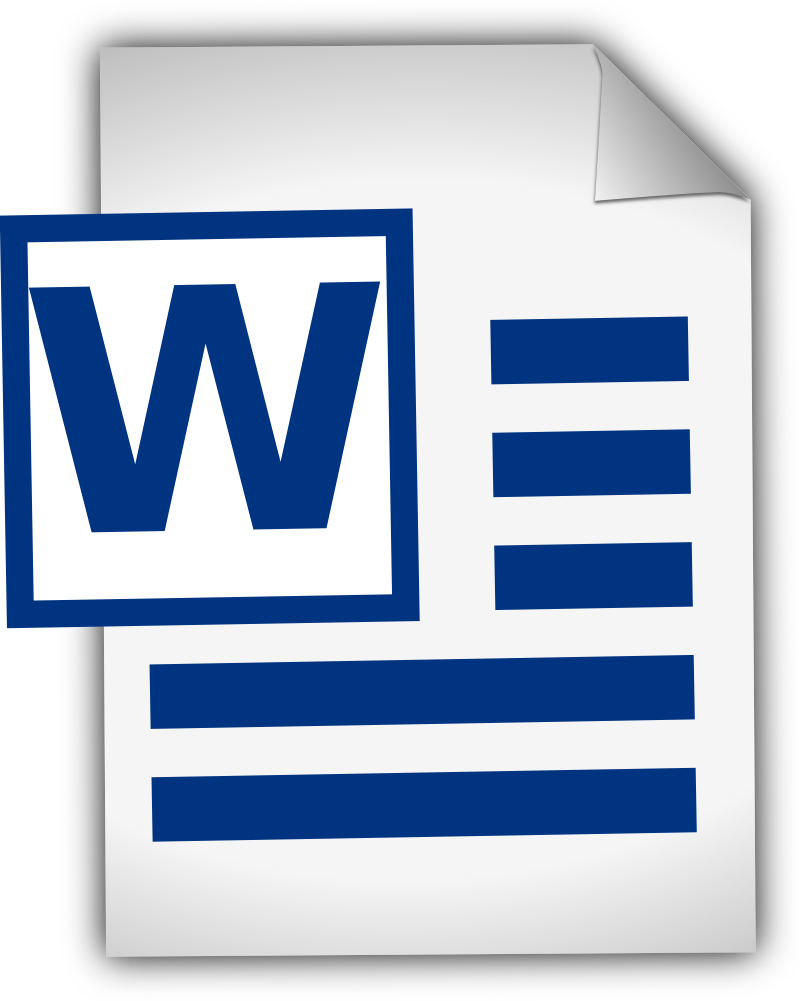-
-
products
-
resources
-
support
-
company
-
Saving Files in the Right File Format for Compatibility
By Steve Horton May 29, 2013adobe, doc, docx, file format, PDF, word1 CommentWhat is the most basic file format in which you can save a file so that can be read by other programs? When you create a document on your computer, you use a program to create a file. The program saves the document in its own specific format that is usually identified by a three- or four-letter file extension.
For text files saved in Microsoft Word, the file extensions may be .doc, .docx, .rtf. or .txt. The .doc extension represents Word documents created up through Word 2003, while .docx refers to those documents created with Word 2007, 2010 and 2013 specifically for Windows. Versions of .docx documents can also be read by programs from Apple and other vendors.

The DOCX format is really only for newer versions of Word.TXT and PDF Cross-Platform Formats
When a document is created in a word processing program such as Microsoft Word, the program adds various formatting codes that affect page styles and appearance. Included are codes for paragraphs, fonts and letter sizes and color. These codes, sometimes make it different for the saved file to be opened by other programs. Most word processing software offers the alternative of saving the file as a virtually code-free text file that ends in the recognizable extension .txt. Microsoft also offers the .rtf file extension — Rich Text File — for saving with minimal coding and more features than plain text files.
Many files can be saved while maintaining their original format as Adobe .pdf files. These Portable Document Format files can be opened through the Adobe Reader program that has become a default app available on most computer operating systems. As a cross-platform file, documents with .pdf file extensions will show all the pictures, headlines and text in the style of the original. Knowing how to save a file with .txt or .pdf file extensions is useful for making sure the file can be opened as a text file by other programs or is compatible across other platforms as a .pdf file.

The PDF format has near-universal compatibility.Saving A Text File
All editions of Microsoft Word can save a text file with the .txt file extensions. Here are the steps:
- Press Alt + F
- Click Save As…
- Under Save a Copy of the Document, click Other Formats
- Select Plain Text (*.txt) in the Save as Type menu
Saving A PDF File in Word
All editions of Word since 2007 can save a file in PDF format. Follow the above steps and under Save a Copy of the Document, click Adobe PDF. For Word in Office 2013, the steps are:
- Click File
- Click Export
- Click Create PDF/XPS Document
XPS represents Microsoft’s own version of PDF files. For Windows 8, the company has issued the WIndows Reader app that can serves as a native built-in PDF viewer.
Using Notepad
The Notepad app traditionally found among the Windows Accessory programs is useful for changing text from any source into plain text. You can select and copy any text from the Web and paste and save it in Notepad and the app will strip the text of any Web formatting. Notepad can also be used for taking quick notes, and it’s a good idea to have it on the desktop or in the Start Screen for Windows 8.
To create a desktop shortcut for Notepad in versions of Windows through 2007, access the Notepad icon by the following steps:
- Go to the Start Menu
- Open the Accessories Folder
- Drag Notepad to the Desktop to create a desktop link.
Steps for Windows 8:
- Locate the Notepad app via Search in the Charms bar
- When the app comes up, click Pin to Start at the bottom of the Apps Screen. A Notepad tile will appear on the Start Screen.
Was this post helpful?YesNoFree Driver Updates
Update your drivers in less than 2 minutes to enjoy better PC performance - Free.
Free Driver Updates
Update your drivers in less than 2 minutes to enjoy better
PC performance - Free.
Didn't find your answer?Ask a question to our community of experts from around the world and receive an answer in no time at all.most relevant recent articles Pin It on Pinterest